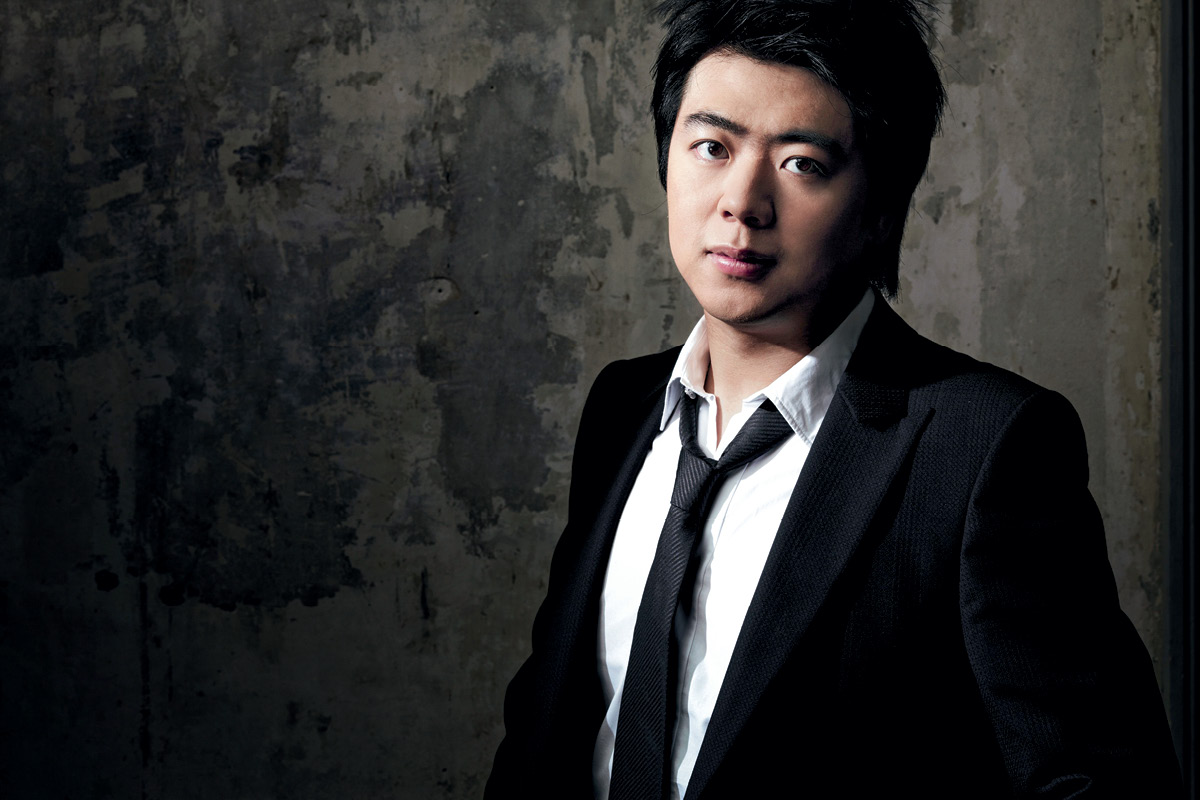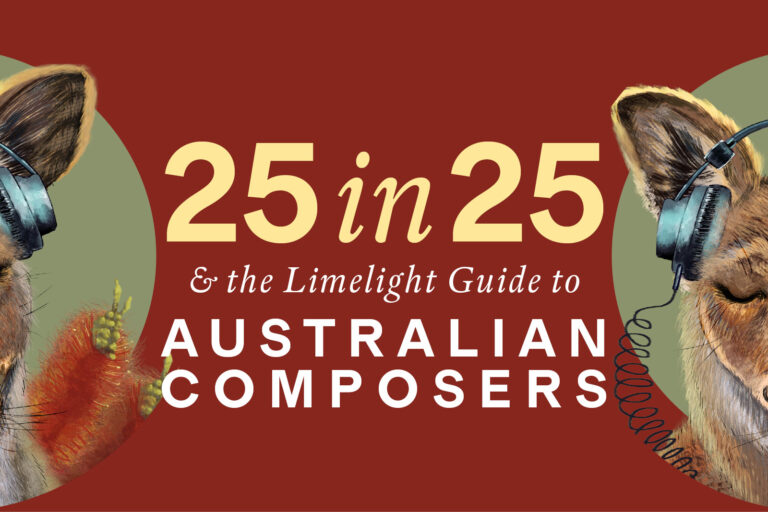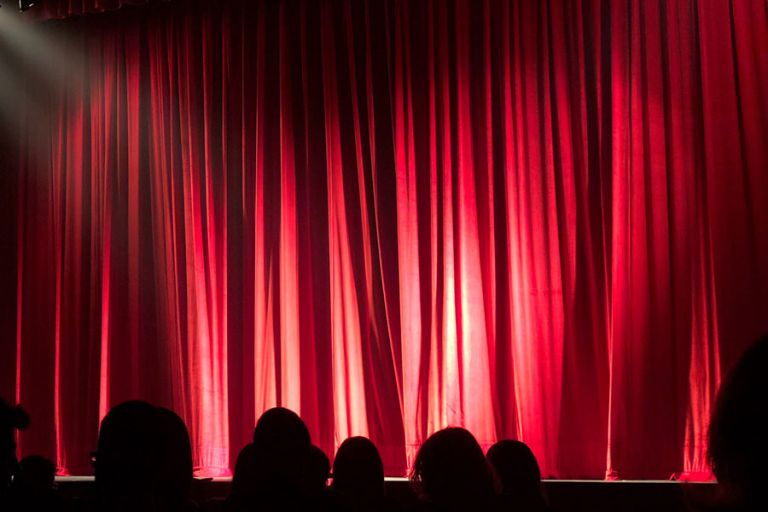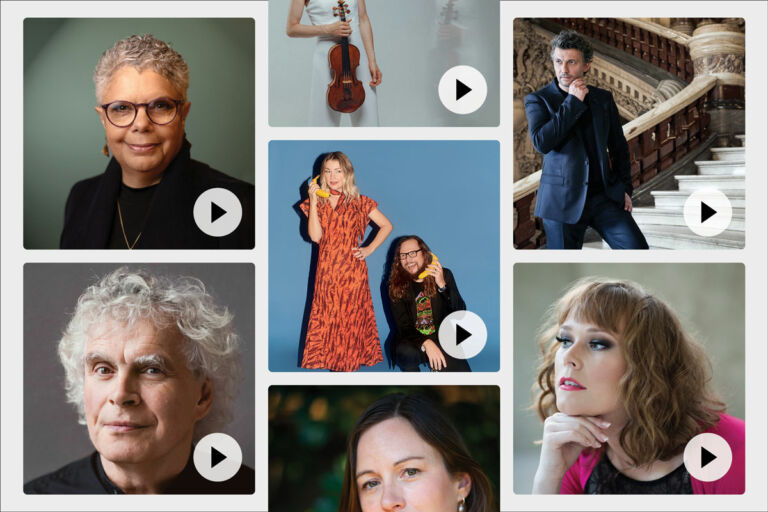“Midway upon the journey of our life I found myself within a forest dark, For the straightforward pathway had been lost.”
The words are Dante’s, but they could equally apply to many a mid-life artist who never expected the unexpected. Take Chinese pianist Lang Lang. Over the past two decades, he’s been many things to many people: the future of his artform; the world’s greatest classical rock star; a man more flash than substance – take your pick. He’s carried the Olympic Torch (London, 2012), was the first Ambassador of the YouTube Symphony Orchestra, appeared in 3D, and even been trademarked (young pianists can choose from five versions of the ‘Lang Lang™ Steinway’).
But then, in 2017 an injury gave him pause for thought. And although he now calls himself tendonitis-free, the soon to be 37-year-old Lang Lang comes across, perhaps, as a more considered version of his tearaway younger self, at least that is my impression over an enjoyable 40-minute chat at Universal Music’s New York HQ.
 Lang Lang. Photo © Olaf Heine/Deutsche Grammophon
Lang Lang. Photo © Olaf Heine/Deutsche Grammophon
Not that he’s lost any of his pulling power. Arriving at the Verve Label Group offices, it may be a Buddy Rich concert blown up large in the foyer, but the lobby music playing is all Lang Lang, a mark of a musician whose current net worth is estimated at around the $30 million mark. For all that, there’s nothing ostentatious about him. Sitting down to talk, he’s casually dressed, neat, relaxed and generally charming.
A little more ‘compact’ than his sometimes flamboyant stage persona, he’s nevertheless frequently animated, though he holds himself comfortably in check, his attention only wandering if a question veers towards the routine.
Surveying the still boyish adult, I try to imagine the two-year-old growing up in China’s north-easterly industrial city of Shenyang who was unable to resist the pull of the piano. Lang’s father, Lang Guoren, plays erhu, a traditional Chinese stringed instrument, but although the young lad would give it a go – “the erhu was next to the piano, so it was not far to hold it,” he explains – he was never serious about it. “But I love the instrument – it tastes of China,” he is quick to add.
Initially inspired by cartoon music, Lang has lost none of his childlike delight in his instrument. “It was almost like a big toy, like a music box toy,” he enthuses, his face breaking into a grin at the memory. “For me it was like a toy in the beginning, really just sitting there and then pushing down. It’s kind of magical… wow!”
Beginning lessons at the tender age of three, he was a quick learner and seemed to know from the start that this would be his life. “Somehow it had this kind of holy image. This piano is my destiny, I always had that,” he explains. “Of course, there are a lot of other choices as a seven-year-old or nine-year-old, the entire world is in front of you, but somehow I just thought that I am going to become a pianist. Also, I had pretty sensitive ears because both of my parents sang a lot of music.”
He gave his first recital aged five playing a Mozart sonata that, he informs me, appears on his new album, a double CD called Piano Book. Asked about his early heroes, he lists a handful of the greats: Vladimir Horowitz, Rubinstein etc. But there’s a refreshing modesty on display when he cites his ‘real’ influences. “The pianists who inspired me were my neighbours – school mates who were slightly older than me,” he declares. “They played really very advanced, so I looked up to them and tried to play like them.”
After a shaky start – his teacher famously kicked the nine-year-old out of class – a stint at the Beijing Conservatory and a handful of competition wins earned him an early reputation. Age 15, he took the international plunge, moving to the USA to study at Curtis, a school that he describes as completely unique.
“It’s very small. The whole school has a little more than 100 students, which is crazy, that’s like basically two classes at any other conservatory,” he recalls. “But what I liked about it is that they have many wonderful, talented students from different parts of the world: from Russia, from Israel, from Europe, from America. I learned a lot because of the diversity of culture there. It’s like a little United Nations!”
Those youthful travels have come to define the pattern of his life even as he moves into his late 30s. These days he divides his time as equally as he can between New York, China and Paris. If the life of a travelling virtuoso can sound a little lonely – read a biography of Liszt if you don’t believe me – Lang does manage to enjoy the odd bit of time out. “In New York, this city never sleeps, so after any event you can still have downtime. It depends if you want to sleep more or less, that’s the only question,” he laughs. “If you want to have more fun, you need to sleep less!”
His list of leisurely pursuits is fairly simple, walking in Central Park being top of the list. “Playing some football or having nice dinners with my good friends or family members,” he adds. “Something private.”
What that means is that practise time is now down to a strict two hours a day. Before that, he won’t say exactly how much practise used to be on the cards, but it sounds like he used to be single-minded, even obsessive. “When I had a concert, sometimes I was practising even after the concert,” he admits, somewhat guiltily.
For his upcoming Australian appearances with the Sydney and Melbourne Symphony Orchestras, Lang has chosen to play Mozart, his Piano Concerto No 24 in C Minor. It’s one of only two piano concertos the composer wrote in minor keys and rated by more than a few as his very greatest. “I rate every concerto he made as great. That’s the problem with Mozart, he’s so good at everything he wrote,” Lang says with a laugh. “But for me, the reason I like it is because it’s so unusual compared to all the other concertos. Every other one from Mozart somehow starts with quite positive vibes, but this piece, it’s like the dark clouds at the start. It shows a lot of intimacy for Mozart, the tragic side of him. I always like to play minor things by Mozart – the sonata also I like, the A Minor. Why is he writing minor? It really, really means something and I would say that there must have been things going on in his life.”
 Lang Lang. Photo © Gregor Hohenberg
Lang Lang. Photo © Gregor Hohenberg
The last time he was Down Under, Lang Lang played what was, for me, a revelatory Tchaikovsky The Seasons in recital. (“I was genuinely surprised and delighted by Lang Lang’s interpretation,” I wrote at the time, praising his natural gift for storytelling and mentioning “a delicacy of touch that frequently ravished the senses.”) He also played the Grieg Concerto with the Sydney Symphony Orchestra, a ‘big’ interpretation that I wasn’t sure always landed. (“Lang Lang is clearly a thoughtful, creative artist,” I wrote, but added that “I’d rather hear ideas that don’t always come off than no ideas at all.”)
Given that, I’m curious to learn a little more about the method behind the man. How does he go about engaging with a new piece, how organic and ‘in the moment’ are his interpretations, and does he feel they have changed significantly over time? “In the beginning, I normally just play without [listening to] any recording,” he explains. “I try to be myself first, to really get to know the piece and to read a little bit about it, to analyse a bit. Then, later, I like to play for some of my teachers, also to listen to other people playing to get different ideas. After a few months you know what to do. Somehow you just grow up and know what it is. It’s like life from the very beginning. First you’re a little baby and then somehow you grow up, become a teenager and then become mature. So, you cannot have on day one already a piece of art. There’s no way to do that.”
As for developing his interpretations, for Lang it’s a combination of maturing over time and the benefit of invaluable stage experience. “Of course, I always try to do the best possible – even when I was 15, I really try to play the best I can, but still sometimes you are inexperienced,” he admits. “When you grow up you have a second thought, third thought, fourth thought. As a kid, you basically use the limited knowledge you have, but with a very, very fresh heart – and that’s sometimes what makes beautiful music too. Sometimes music is about whether you have this heart or not.”
But what about when you’re on a recital tour, I wonder? How different might a piece turn out to be, within a certain framework of course, from one night to the next? “It’s like this bottle,” says Lang, and holds up his open water bottle as if it’s a work of art to demonstrate. “Let’s say we look at it this way… But then you also want to try to see from the back, [although] actually the mind is more from the front. The day after, maybe, you see different aspects. You try to look at the same thing, but it’s now slightly towards the right or to the left. Sometimes you meet someone who tells you it should really be looked at from this side. Of course, then you have a lot of water falling down and you don’t feel comfortable, so you just lean a bit this way. That’s kind of the way I feel when I’m dealing with artistic decisions.”
As for spontaneity on the night, he’s open to a certain degree of spur-of-the-moment thinking, as long as we remember that we are still dealing with classical music. “You already have the notes and you did your practise, so there’s a frame,” he says. “This is quite different from how you make a jazz performance. Sometimes you completely change the notes, right? We don’t do that.”
Even so, there may be moments in performance when a choice hasn’t paid off, but that’s why Lang likes the occasional “try out” to figure out what is working and what, perhaps, is inclined to go wrong. “Normally you’d better know it before it happens!” he laughs. “So, that’s why before every concert I try to do a smaller appearance, to see how it works.”
One benefit of his injury-enforced time out has been the opportunity to dig deeper into two areas of long term importance to him: music education, for which he has been a tireless advocate over many years now, and his stated desire to be an evangelist for classical music, pushing its popularity beyond what are held to be its traditional, and of late increasingly narrow confines.
Spreading the word has seen Lang performing from Central Park to the Hollywood Bowl, helping to open the 2006 FIFA World Cup, playing the opening ceremony of the Beijing Olympics in 2008, gracing the 2009 Nobel Peace Prize ceremony for Barack Obama and the Queen’s Diamond Jubilee Concert at Buckingham Palace in 2012. His appearances at the Grammys have included playing a two-hand version of Rhapsody in Blue with Herbie Hancock, rocking out with heavy metal band Metallica, and joining Pharrell Williams and Hans Zimmer in a performance of Williams’ hit song Happy. He even managed a cameo in Mozart in the Jungle, playing Liszt’s Second Hungarian Rhapsody.
It was over a decade ago, in October 2008, that he launched the Lang International Music Foundation here in New York with support from UNICEF, an initiative that led to Lang and three of his eight- to 10-year-old foundation students playing together on The Oprah Winfrey Show.
Then, in 2013, he was chosen by Secretary-General Ban Ki-moon to be a United Nations Messenger of Peace, a role that he sees as a means to improve the lives of children all around the world through music and music education. He has a few ideas of his own, too: “Gradually I am trying to see what is the best way for me to introduce classical music,” he explains. “For example, we are building a new piano method book with animation figures, but of course we’re not talking about Jay Z or something – it’s still Mozart.”
To an extent, his newest CD follows in those footsteps since Piano Book, a double disc of works for ‘beginners’ that have stayed with him over the years, has a gently didactic purpose and can be purchased along with the sheet music for those so inclined. “It’s mostly my favourite pieces, so it was not that difficult to choose,” he explains. “I know all those pieces when I was a kid, but we tried not to [make it] like encore style, one slow, one fast, one slow. We tried to put similar themes into the same section, so it’s more like chapter, chapter, chapter.”
Alongside perennial hits by Bach, Beethoven, Chopin, Debussy, Grieg, Mendelssohn, Mozart, and Schubert, there are contemporary pieces by popular composers like Max Richter and Yann Tiersen. It even features Eliza’s Aria by our own Elena Kats-Chernin. There are also a pair of well-known Chinese pieces, including the traditional Jasmine Flower, a tune that westerners will likely know from the opera Turandot. “It was really funny, some people thought it was Puccini’s piece,” Lang chuckles, “and I’m like ‘oh, you hear Puccini…’ – but actually, he put it in [his opera].”
His personal favourites, however, are a little less eclectic. “I would say Für Elise, and then the Mozart Sonata, the C Major, and then maybe Clair de Lune,” he says. “And Maiden’s Prayer [by the 19th-century Polish composer Tekla Badarzewska-Baranowska]. That’s a piece I always play for people who have never heard classical music before and it always works somehow.”
Right now, Lang is working away on his next big recording project, which will be Bach’s Goldberg Variations. Meanwhile, returning to Dante and my ‘midway upon the journey of our life’ theme, I ask him how different today’s musician feels compared with, say, the 20-something-year-old Lang Lang?
“I’m a little bit more mature, I’d say,” he says on reflection. “I know things more, that’s for sure. But the twenties are not bad. When you are in your twenties you are not afraid of anything. When somebody said ‘hi, Lang Lang, try this’, I would say ‘how are you, let me try it.’ Now I am 30-something, when people say, ‘do you want to try this?’ I will say ‘yes, I will try it, but give me one day to think about it’… But I still want to try it, do you know what I mean? I just need one day.”
Lang Lang plays with the Sydney Symphony Orchestra, June 27-29, and with the Melbourne Symphony Orchestra on July 4. His new CD, Piano Book, is available now on Deutsche Grammophon. Read the Limelight review











Comments
Log in to join the conversation.